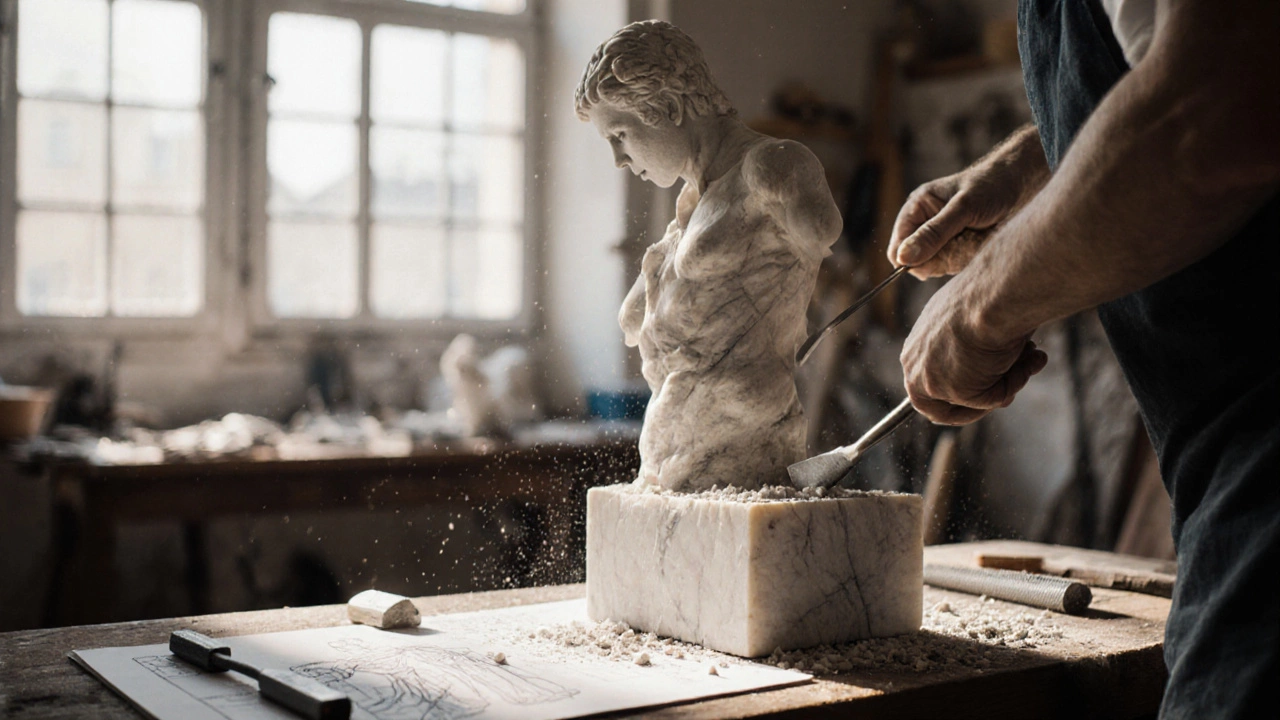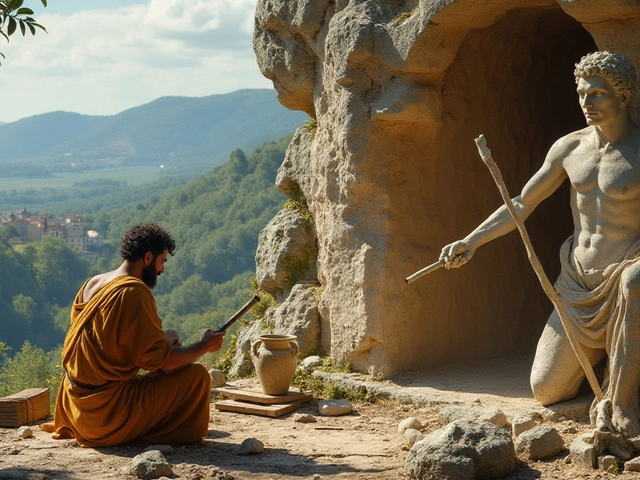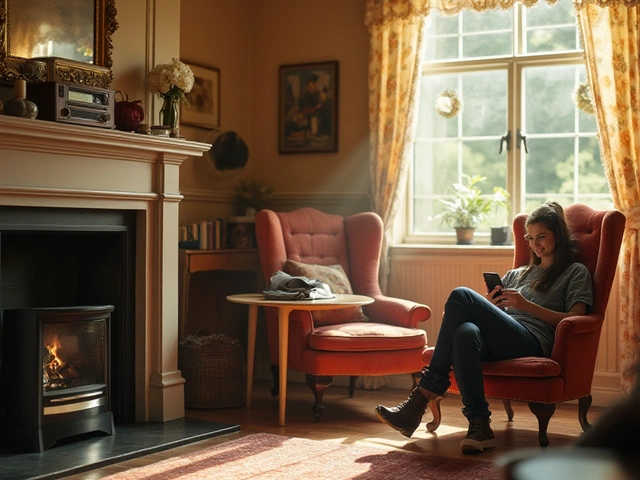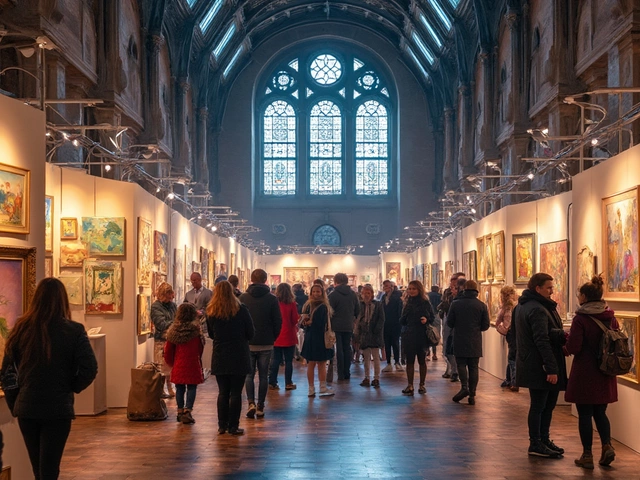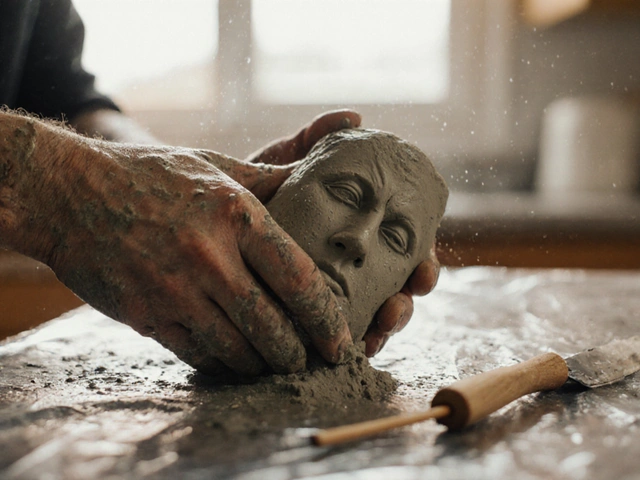Representational Art: Techniques, History, and Practice
When working with Representational Art, a style that depicts recognizable objects and scenes from real life. Also known as realistic art, it aims to capture the visual world as we see it. This approach dates back to the Renaissance, where masters like Leonardo used observation to create lifelike images. Fast‑forward to the 19th century, and you’ll find Édouard Manet challenging academic norms while still anchoring his work in real‑world subjects, proving that representational art can be both true‑to‑life and revolutionary. In short, the core of representational art is an eye for detail and a willingness to translate that detail onto a surface.
Key Techniques That Bring Realism to Life
One of the most popular branches is portrait painting, the practice of rendering a person’s likeness with accuracy and personality. Whether you’re using oil, acrylic, or watercolor, a good portrait demands careful study of facial proportions, light, and shadow. Speaking of mediums, oil painting, a slow‑drying medium prized for its rich colors and blendability remains a favorite for many representational artists because it lets them build layers, correct mistakes, and achieve depth that mimics real light. Another specialized method is the grisaille technique, a monochrome painting style that uses shades of gray to model form before adding color. Grisaille not only teaches you how to sculpt with paint but also improves your understanding of volume, which directly benefits any representational work. Together, these techniques form a toolbox: portrait painting showcases the human figure, oil painting offers versatile handling, and grisaille sharpens the artist’s sense of structure.
Beyond the studio, art exhibitions, public displays where artists present their work to viewers and potential buyers play a crucial role in the life cycle of representational art. Exhibitions give artists a platform to test how well their realistic renderings resonate with an audience, and they provide collectors with a tangible way to assess quality and authenticity. Those shows also point beginners toward resources—workshops, online courses, and community groups—that can accelerate learning. In today’s market, representational pieces often fetch solid prices because buyers value the skill and time required to achieve true‑to‑life results. So whether you’re sketching a still life, painting a portrait, or preparing for a gallery opening, understanding these connections—how portrait painting fits into oil painting, how grisaille sharpens form, and how exhibitions validate the work—will make your journey into representational art smoother and more rewarding.
Below you’ll discover a hand‑picked collection of articles that dive deeper into each of these topics, from mastering grisaille to pricing portrait commissions and preparing for your first exhibition. Ready to explore the practical side of representational art and boost your skills? Keep scrolling for the detailed guides.
Realistic Sculptures: What They're Called and How They Differ
Learn what realistic sculptures are called, explore key terms like figurative, naturalistic, and hyperrealistic, and discover techniques, materials, and where to see them.
Continue Reading